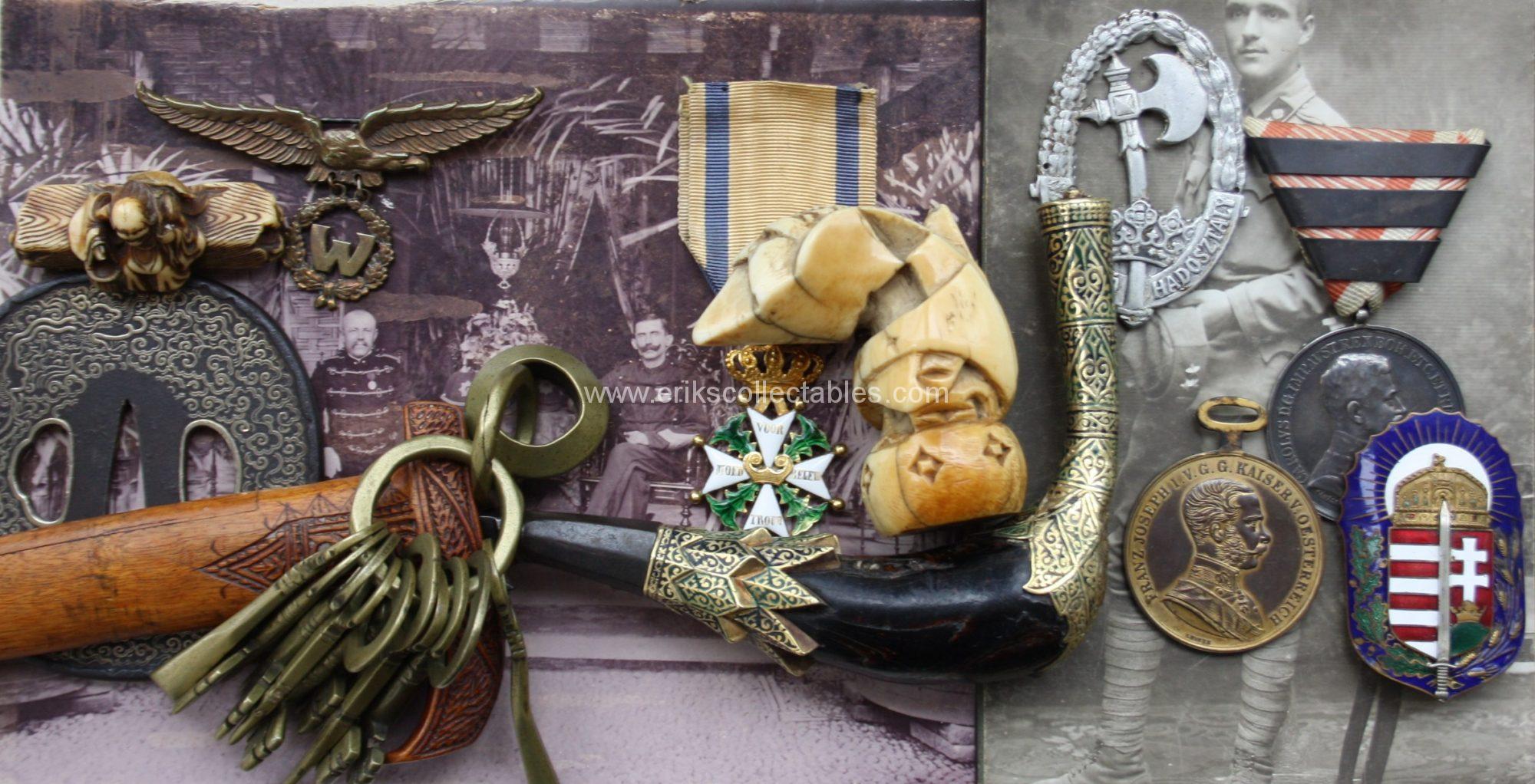This is the story behind a gallantry medal that was not awarded and the one that was awarded for the actions of W. F. Anceaux during the German invasion of the Netherlands in May 1940.
Earlier life of Lieutenant (Reserve) Anceaux
Willem Frederik Anceaux was born in Rotterdam on the 27th of November, 1912. In 1933 he was commisioned as an infantry 2nd Lieutenant in the reserve. Shortly after which he transferred to Military Aviation (Militaire Luchtvaart Afdeling). He received his military pilots license in 1935 after which he continued his flying career as a civilian for the KLM (Royal Dutch Airline). He made several flights as a co-pilot to the Netherlands East Indies and he flew as pilot on European flights.
Koos Abspoel was one of the pilots with whom he flew with the KLM to Indonesia. He was also the commander of the Bomber unit in which Anceaux flew. He got married in 1939 to Antje Pieters. During the mobilisation they lived as neighbours to Abspoel so there must have been a close relation between them.

The actions in May 1940
During the German invasion of the Netherlands in 1940 he flew as a co-pilot on Fokker T-5 bombers. By May 13th his bomber was the only one left operational. Most had been shot down in the earlier days of the invasion or were otherwise incapacitated.
That day, the order was received to place unusually large 300kg bombs on the plane and in order to do so lose all unnecessary equipment. They received the assignment to bomb the Moerdijkbridge that was being held by German paratroopers in order to slow down the further German invasion.
The T-5 number 856 was originally flown by first pilot Ruygrok and co-pilot Anceaux. Last minute Ruygrok was replaced by Swagerman on the request of Swagerman and with permission of their commanding officer. Swagerman was unmarried where Ruygrok was married. Knowing the fate of all other bombers and the importance of the mission this is a very gallant and remarkable offer of Swagerman which was only taken by Ruygrok after a heated discussion and with the gentle persuasion of their CO.
The raid was not succesful, the first drop missed the target by 50 meters and on the second run the bomb hits the target but does not explode, probably the timer of the fuse had a problem. By this time the bomber had been found by German fighters, ME109s that split into three groups. The third group of the German fighters attacked the bomber from behind and hit them with several grenades. The bomber could no longer be controlled and crashed in a field near Ridderkerk killing all members of the crew.
A short animated movie about this flight has been made and can be seen on youtube.
General Carstens and the Mention in Despatches
During the invasion General Carstens was the commander of the first Army Corps. After the surrender to the Germans he became head of a temporary department overseeing all activities having to do with the surrendered army.
In that capacity he wrote a number of letters to families of men who died during the invasion commending them for the gallantry of their specific actions in May 1940. In this specific letter he states that he will forward their names for a Mention in Despatches as soon as the circumstances (so not during the occupation) allow for this.
The letter below can be seen as an somewhat unofficial recommendation / award for gallantry to Anceaux and aimed at the families that just had lost a familiy member and the shortlived war against the Germans.
Carstens himself could not forward the recommendation after the liberation. In 1942 his status changed and he became a POW. He would die in a camp in april 1945 just weeks before the end of the war.

Vliegerkruis – (Distinguished Flying Cross) 1946
Anceaux recieved a “Vliegerkruis” (Distinguished Flying Cross) posthumously in 1946 shortly after the regulations had been changed to make such awards possible. A total of 68 of the 767 awards are posthumously.
If the letter of Carstens has anything to do with this award is not known.
The commanding officer of the bomber Swagerman is awarded the Military Order of William 4th class, one of the few awarded for the 2nd Worldwar and fitting for him volunteering for a mission of which it was clear there were only few chances of survival taking the place of a married pilot.
None of the other members of the crew received gallantry awards for their actions!
Award citation for the Vliegerkruis of Anceaux: “Has distinguished himself by deeds of initiative, courage and perseverance during flights between the 10th and 13th of May as pilot of the last surviving bomber, only defended by two fighters, under attack of enemy fighters to complete a bombing raid on the Moerdijkbridge with much courage, was killed in action during this raid.”
Monument
A small monument has been placed near the Moerdijk bridge to commemorate the actions of this flight crew:

Coloured photo. The photo shown above has been craftfully digitally enhanced with colour. It is almost unbelievable how a person comes to life after a black and white picture has been coloured. It looks like a present day young man in the bloom of his life wearing an old style uniform.

Sources:
On this website above you can find also a link to the youtube animated movie about the fatal last flight!

The document came from the F. Riemersma collection/estate.

